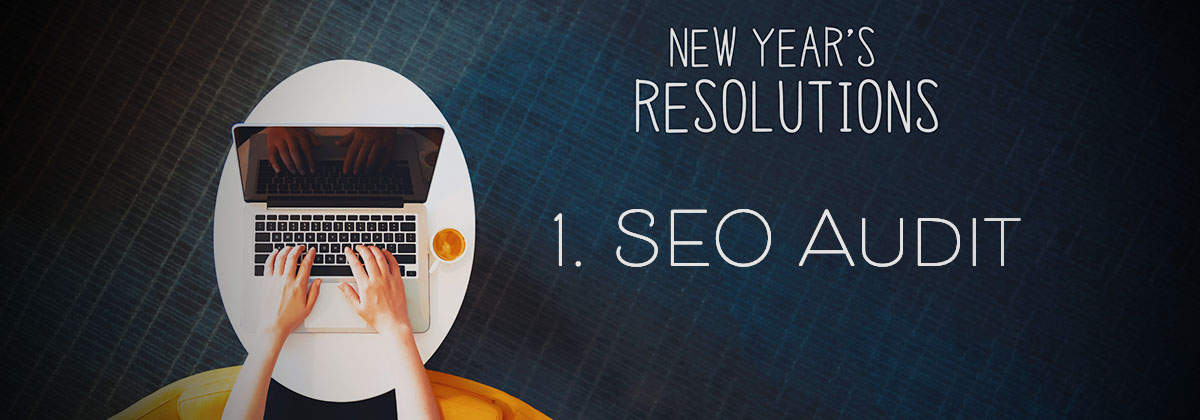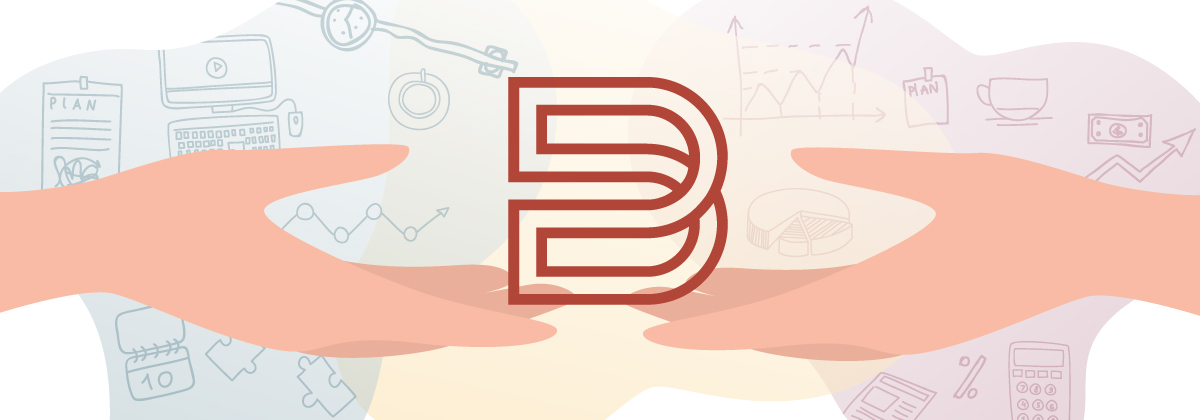There’s only one commonality between UX and UI. Can you spot the obvious? That’s right – U. As in you are both the user in the experience and the interface (UI) and, thus, the motivation behind making it as flawless as can be. That’s got to make you feel pretty special, huh.
So, what are they and what are the differences between them? You might be inclined to say “you” again because, obviously, everyone is unique; however, it’s the “royal” you. Meaning, UI/UX attempts to solve for all users at once, attempting to make the experience the same for everyone across the board: easy, smooth and intuitive.
It’s also important to remember both are approaches to design: UI (design) and UX (design). Though they are unique disciplines, each involving separate processes and tasks, the subtleties between differences sometimes make them hard to distinguish. But when done successfully, customer retention is increased and operational costs lowered.
What Are the Differences?
The main difference between UI and UX is that UI is more about how the product’s interfaces function and look; UX puts a focus on the overall feel of an experience.
In addition, UX typically comes first in the product development process with UI coming after and completing the interactive and visual elements. Another difference is that UX generally applies to any type of product or service, while UI focuses primarily on digital products.
UI maximizes the usability of these devices and enhances user experience and focuses on facilitating and guiding users’ actions, like anticipating what a user may need to do and creating elements within an interface that helps them access and facilitate actions. Interface elements include design elements like input controls, such as text fields, buttons, radio buttons, checkboxes, list boxes, data fields, dropdown lists, and list boxes.
It also focuses on navigational components such as sliders, icons, tags, breadcrumbs, search fields, and paginations. Another element of UI is informational components. These include progress bars, message boxes, tooltips, and modal windows. Navigational components also include other UI elements like containers, such as an accordion. And more than one UI element can be incorporated to effectively display content.
On the other hand, UX focuses on a consumer’s attitudes and emotions about using a particular product or service and focuses on functionality to entice users. UX can consist of a number of elements, such as the design, branding, function, and overall usability of a product. UX Designers see products as more than just a product but as an experience.
A UX strategy is also created to ensure there is continuous alignment with business goals and objectives. During the strategy process, UX Designers have a lot to take into consideration such as branding, usability, functionality, accessibility, SEO, and business goals. User experience design is all about how a person feels while interfacing with a system, i.e., a web application, website, desktop software, or some other form of human-computer interaction. While the main aim of UX is to gain a deeper understanding of users and their abilities, limitations, and values, these are not the only benefits that UX can provide to businesses.
But to be effective, even valuable, UX must be useful, desirable, usable, accessible, findable, and credible (phew! That’s a mouthful!). This also includes how easy it is to navigate, how quickly tasks are able to be accomplished, and how useful the overall experience was for them.
The User Experience Design process is like trying to fit a bunch of puzzle pieces together. Once Brand Labs unravels the UX and analyzes the data, the pieces begin to come together and the UX Strategy is born. It’s why we invest time and resources upfront during the Solution Blueprint phase, as it will serve as the “blueprint” for a site’s form and functionality.
If you are looking to improve or revamp your website’s user experience, our team of UX/UI experts would love to discuss your needs in more detail! Contact us here or email us at hello@brandlabs.us







